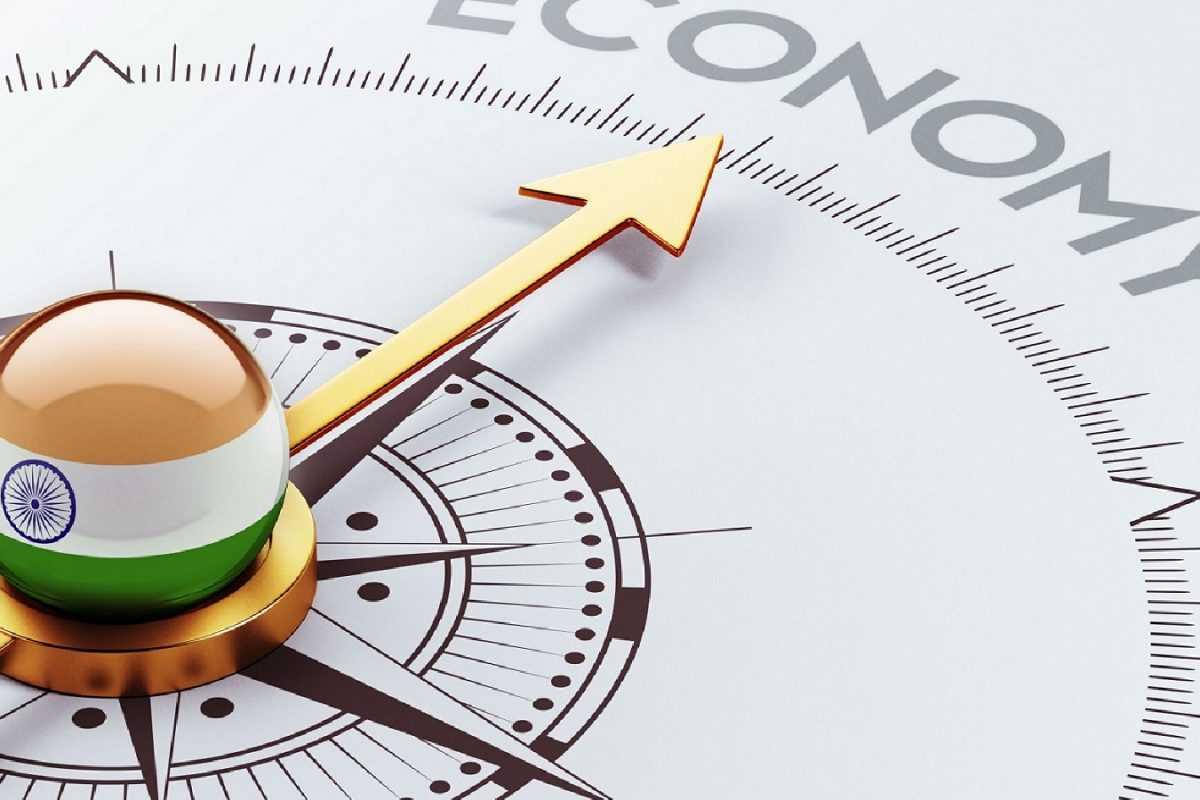India's economic growth is projected to remain strong in FY26, with UBS forecasting a real GDP growth of 6-6.5%. This optimistic outlook is underpinned by resilient domestic demand, which is expected to drive economic activity.
Factors Supporting Growth
- Strong Domestic Demand: A key factor supporting the growth forecast is the strength of India's domestic demand. Household consumption is expected to become more broad-based, with rural demand recovering due to a favorable monsoon and softening food prices. Urban consumption will likely be supported by tax relief, easing inflation, and potential interest rate cuts.
- Robust Investment: Strong investment is also expected to contribute to India's economic growth.
- Lower Crude Oil Prices: Potential relief from softer global crude oil prices could further boost the economy.
- ** आरबीआईका सपोर्ट:** The Reserve Bank of India (RBI) is expected to play a key role in supporting growth, with potential rate cuts of 50-75 basis points to boost economic activity.
- Strong Services Sector: India's strong services sector is expected to provide stability amid global uncertainties.
- IMF Projection: The International Monetary Fund (IMF) projects India to remain the fastest-growing major economy over the next two years, with growth of 6.2% in 2025 and 6.3% in 2026.
UBS Forecast Revision
UBS Securities has revised its FY26 GDP growth forecast upwards to 6.4% from 6%. This revision considers factors such as better-than-expected domestic demand momentum, expectations of eased tariffs on Chinese imports, potential progress on a US-India trade deal, and support from lower global crude oil prices. UBS's higher GDP forecast assumes no significant increase in the effective tariff rate against India.
Potential Challenges and Risks
- Global Trade Tensions: Rising global trade tensions and higher US tariffs could pose risks to India's growth trajectory.
- Global Uncertainty: Heightened global uncertainty could impact private corporate investments.
- China's Excess Capacity: The risk of China offloading excess capacity in the manufacturing sector could moderate fixed capital expenditure growth.
- State Government Finances: Stretched balance sheets of state governments could lead to disappointing capital spending in FY26.
- Monsoon and Commodity Prices: A less benign monsoon season or higher global commodity prices could drive up food prices and inflation.
Contrasting Forecasts
While UBS has a positive outlook, other organizations have presented more cautious forecasts. The OECD lowered India's FY26 growth forecast to 6.3%, citing risks from rising global trade tensions and higher US tariffs. The Asian Development Bank (ADB) also trimmed its FY26 GDP growth forecast for India to 6.5%, citing uncertainty in global trade and the effect of higher US tariffs. India Ratings and Research (Ind-Ra) has also lowered its FY26 GDP growth forecast for India to 6.3%, citing uncertainties around US tariffs and a weak investment climate.
Conclusion
Overall, India's economy is expected to maintain a steady growth rate in FY26, supported by strong domestic demand and a robust services sector. While there are potential risks from global trade tensions and other factors, the Indian economy is expected to remain resilient and continue on its growth path.

